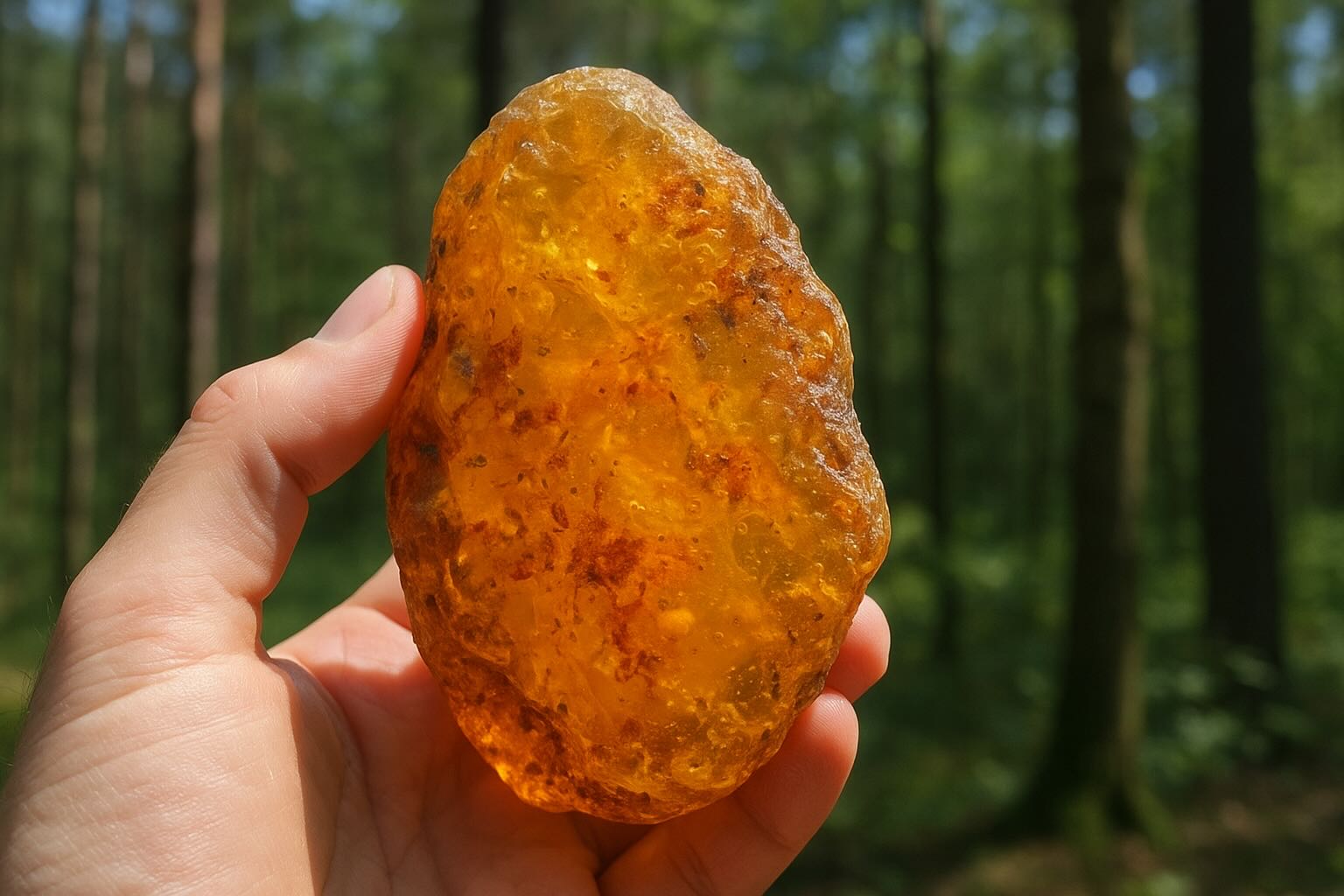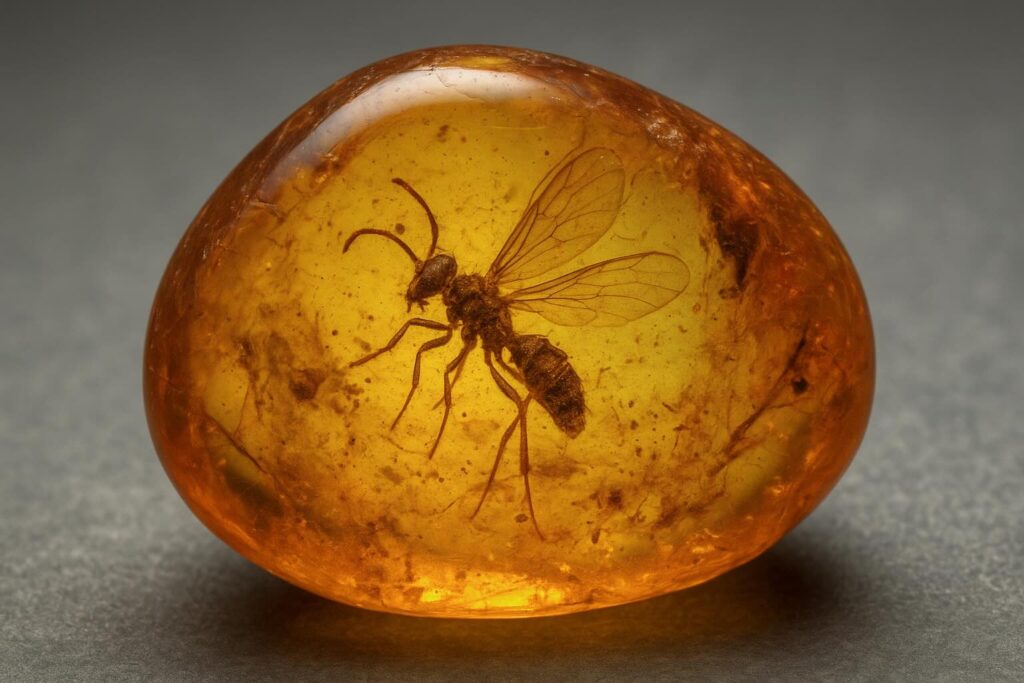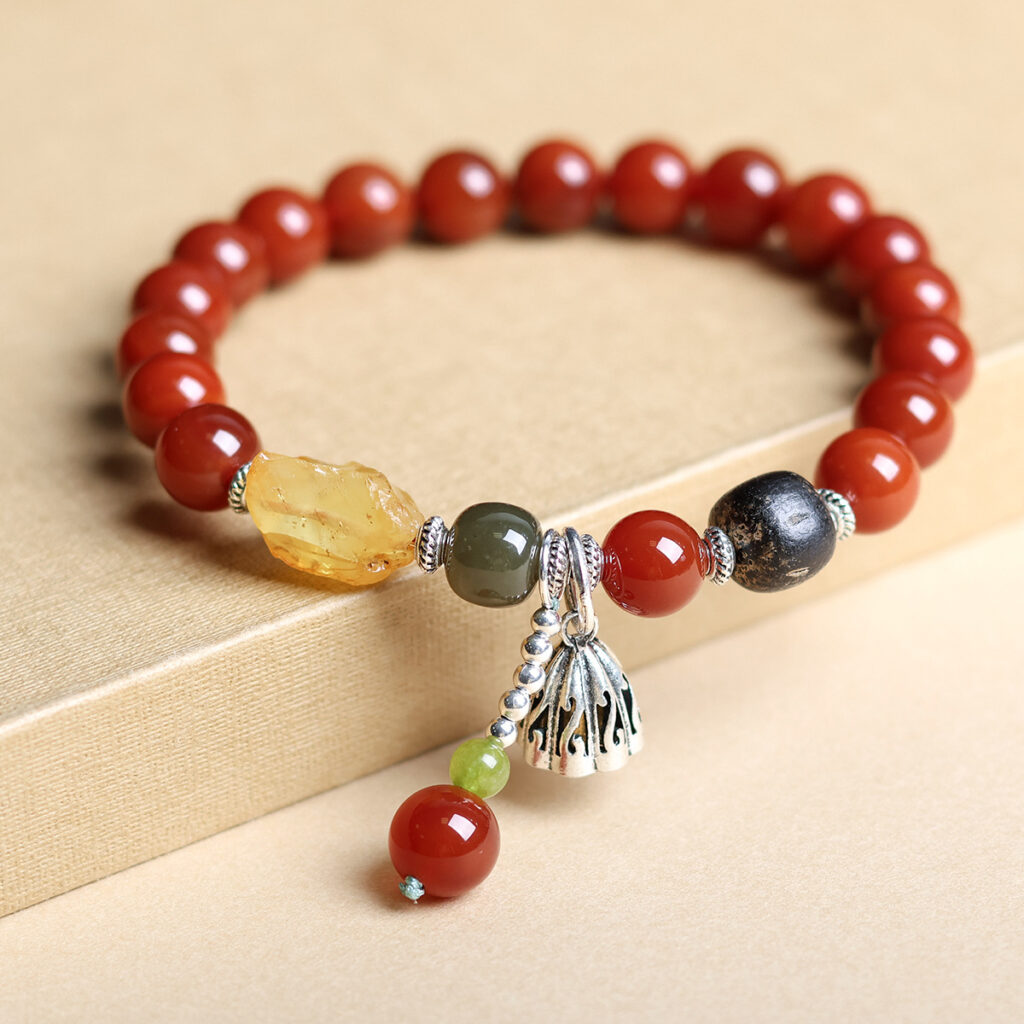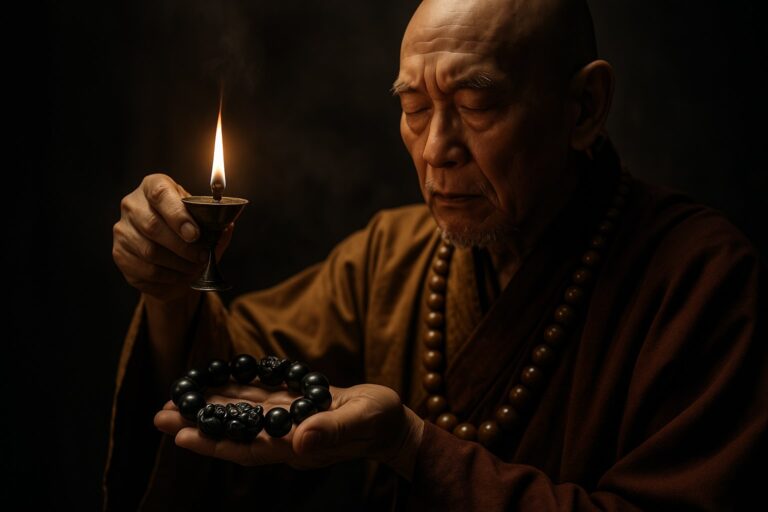Beeswax Amber: The Golden Treasure of Nature’s Preservation
Beeswax amber represents one of nature’s most fascinating preservation phenomena, offering a unique window into ancient ecosystems and capturing scientific imagination for centuries. This remarkable fossilized substance combines the protective qualities of natural wax with the fossilization process that creates traditional amber, resulting in extraordinary specimens that preserve organic material in pristine condition.
In this article
- 1 What is This Unique Fossilized Material?
- 2 Characteristics of Beeswax Amber
- 3 Scientific Significance of Beeswax Amber
- 4 Geographic Distribution and Mining
- 5 Commercial Value and Market Demand
- 6 Authentication and Quality Assessment
- 7 Care and Preservation
- 8 Cultural and Historical Significance
- 9 Future Research Directions
- 10 Conclusion
What is This Unique Fossilized Material?
Beeswax amber forms when tree resin containing natural wax becomes fossilized over millions of years. Unlike traditional amber, which primarily consists of hardened tree resin, this special type incorporates actual wax that ancient bees produced. This combination creates a unique fossilized material with distinct characteristics and exceptional preservation qualities.
The formation process begins when bees build their hives near resin-producing trees. Over time, the natural wax becomes mixed with tree resin, and through geological processes spanning millions of years, this mixture transforms into beeswax amber.
Characteristics of Beeswax Amber
Physical Properties
Beeswax amber exhibits several unique features that set it apart from other amber varieties:
- Color: Ranges from pale yellow to deep golden brown, often with a characteristic waxy luster
- Transparency: Varies from translucent to opaque, depending on the beeswax content
- Texture: Smoother surface compared to traditional amber due to the beeswax component
- Hardness: Slightly softer than pure amber on the Mohs scale
- Density: Lower specific gravity than most amber types
Chemical Composition
The chemical makeup of beeswax amber includes both the typical amber compounds and unique wax components. This dual composition creates a material with enhanced preservation properties, making it particularly valuable for paleontological studies.
Scientific Significance of Beeswax Amber
Paleontological Importance
Beeswax amber serves as an outstanding medium for preserving ancient life forms. The combination of resin and natural wax creates an environment that prevents decay and maintains specimens in remarkable detail. Scientists have discovered numerous prehistoric insects, plant materials, and even small vertebrates preserved within these specimens.
 Research Applications
Research Applications
Modern scientific research utilizes beeswax amber for:
- DNA extraction: The preservation qualities allow for genetic material recovery
- Ecosystem reconstruction: Trapped organisms reveal ancient environmental conditions
- Evolutionary studies: Specimens provide insights into species development over time
- Climate research: Isotopic analysis helps understand prehistoric climate patterns
Geographic Distribution and Mining
Global Locations
Beeswax amber deposits occur in several regions worldwide, with notable concentrations in:
- Baltic Region: Largest source of European beeswax amber specimens
- Dominican Republic: Known for high-quality Caribbean varieties
- Myanmar: Produces some of the oldest formations
- Mexico: Chiapas region yields distinctive specimens
- Lebanon: Mediterranean variety with unique characteristics
Mining and Extraction
The extraction requires specialized techniques to preserve the integrity of specimens. Miners use gentle methods to avoid damaging the fossilized material, often employing hand tools and careful excavation procedures.
Commercial Value and Market Demand
Jewelry Industry
Beeswax amber holds significant value in the jewelry market due to its unique appearance and rarity. Craftspeople create stunning pieces that showcase the natural beauty of this ancient substance. The warm, golden colors and smooth texture make it particularly appealing for:
- Necklaces and pendants
- Earrings and bracelets
- Decorative cabochons
- Collector specimens
 Investment Potential
Investment Potential
High-quality beeswax amber specimens, particularly those containing well-preserved inclusions, command premium prices in collector markets. The combination of scientific value and aesthetic appeal makes this material a sought-after investment commodity.
Authentication and Quality Assessment
Identification Methods
Authenticating genuine beeswax amber requires expertise and proper testing methods. Key identification techniques include:
- Ultraviolet fluorescence testing
- Infrared spectroscopy analysis
- Density measurements
- Hardness evaluation
- Inclusion examination
Quality Factors
Several factors determine the value and quality of these specimens:
- Clarity and transparency
- Size and weight
- Inclusion content and preservation
- Color intensity and uniformity
- Surface condition and polish
Care and Preservation
Proper Storage
Maintaining beeswax amber requires specific storage conditions to prevent deterioration:
- Temperature control: Avoid extreme heat or cold
- Humidity management: Maintain stable moisture levels
- Light protection: Limit exposure to direct sunlight
- Physical protection: Use appropriate padding and containers
Cleaning and Maintenance
Regular maintenance ensures these specimens retain their beauty and integrity. Gentle cleaning with appropriate solvents and soft materials helps preserve the surface while removing accumulated dirt and oils.
Cultural and Historical Significance
Ancient Civilizations
Throughout history, various cultures have valued amber for its beauty and supposed mystical properties. Beeswax amber held special significance due to its connection to bees, which many ancient societies considered sacred.
Modern Collecting
Contemporary collectors prize beeswax amber for both its scientific importance and aesthetic appeal. The growing interest in paleontology has increased demand for high-quality examples among private collectors and institutions.
Future Research Directions
Technological Advances
Emerging technologies continue to expand our understanding of these fossilized materials. Advanced imaging techniques, molecular analysis methods, and computer modeling help scientists extract maximum information from these precious specimens.
Conservation Efforts
Protecting these deposits requires coordinated conservation efforts. Sustainable mining practices and legal protections help ensure future generations can continue studying and appreciating these remarkable fossils.
Conclusion
Beeswax amber represents a unique intersection of natural processes, scientific discovery, and human fascination with the ancient world. Its exceptional preservation properties, combined with its commercial value and cultural significance, make it one of the most intriguing materials in the natural world. Whether valued for scientific research, artistic beauty, or investment potential, this fossilized substance continues to captivate experts and enthusiasts alike.
The ongoing study of these specimens promises to reveal new insights into prehistoric life and environmental conditions, while their enduring appeal ensures continued interest from collectors and researchers worldwide. As we advance our understanding of this remarkable material, it will undoubtedly remain a treasured window into our planet’s ancient past.


 Research Applications
Research Applications





